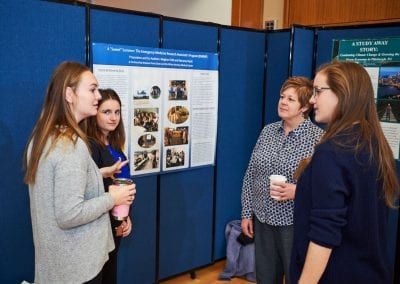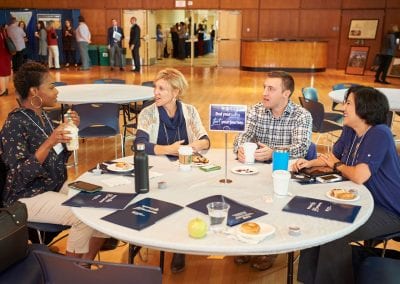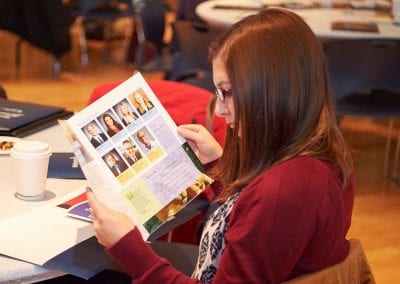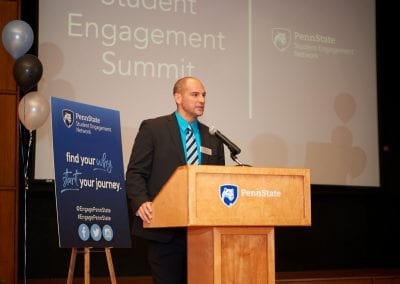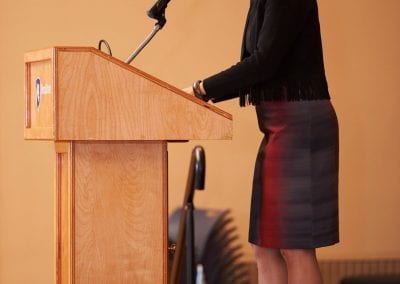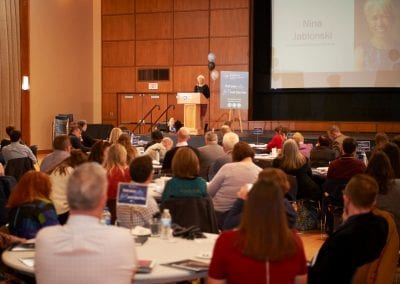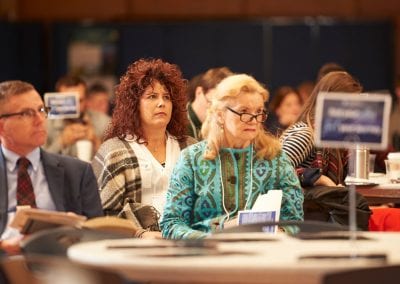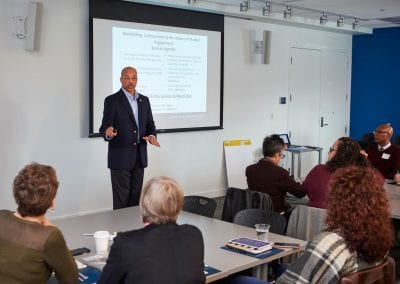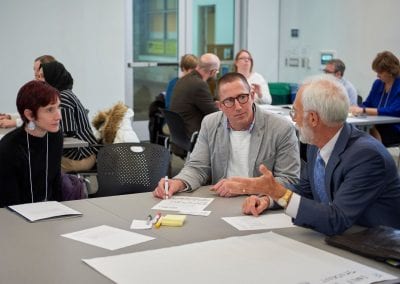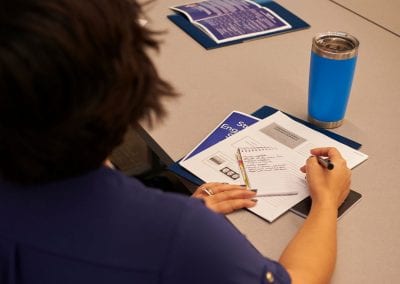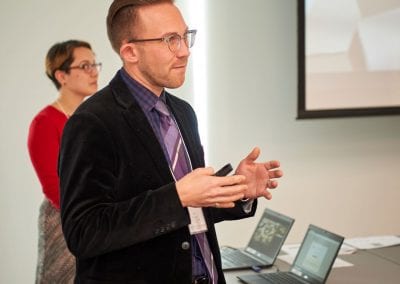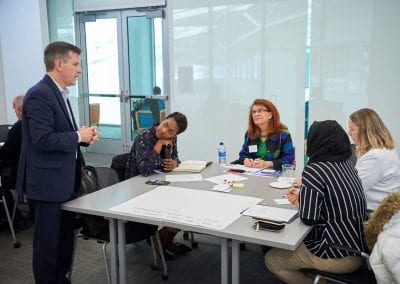2018 Summary
Summary
Penn State faculty and staff from all campuses and a multitude of disciplines converged at the HUB-Robeson Center for a summit on student engagement. The Student Engagement Network on Oct. 18 brought together 130 Penn State employees from a diverse range of backgrounds. It was a full day of sessions, from identifying the societal impact of student engagement to designing the scholarship of engagement.
Key Findings
Based on keynote talks, comprehensive breakout sessions, and a panel discussion, the 2018 Student Engagement Summit resulted in multiple significant findings.
Finding #1
Helping students “find their why” is an iterative process that’s knit together from innumerable encounters students have with faculty and staff who directly (and indirectly) play a role in the process. Thus, idea-generating and brainstorming activities aimed to understand how best to facilitate the process should be a trans- discipline/unit/college/department endeavor.
Finding #2
The Student Engagement Network should extend to all corners of the Commonwealth, and could look to other models that already exist for spreading around to the campuses. Small, metered steps toward expansion and distribution is the way of the future.
Finding #3
Engagement should be built into everyone’s day-to-day activities and shouldn’t be (or be conceived of) just another add-on to pre-existing obligations. Engagement should be part of the basic attitude of faculty, staff, and students. If we’re successful in the future, engagement will be a way of life at Penn State.
Finding #4
Future growth in the Engagement Space will be accomplished conceptually by discontinuing the now otherwise normal perception that we should differentiate and distinguish engagement opportunities, or the perception that there’s a hard line between engagement experiences and engaged scholarship. In the space between the two, we will grow next-generation Penn State student experiences.
Finding #5
The future of engagement is that we’re all on engagement teams with others and not doing engagement alone. Faculty and staff should collaborate with students on engagement and engaged scholarship projects, which could work in many facets of the University as a whole.
The most exciting part of the Summit was the participation of a broad and diverse group. There was a dedication to creating the best possible network for Penn State. The contributions in all of the sessions were dynamic and exciting.


